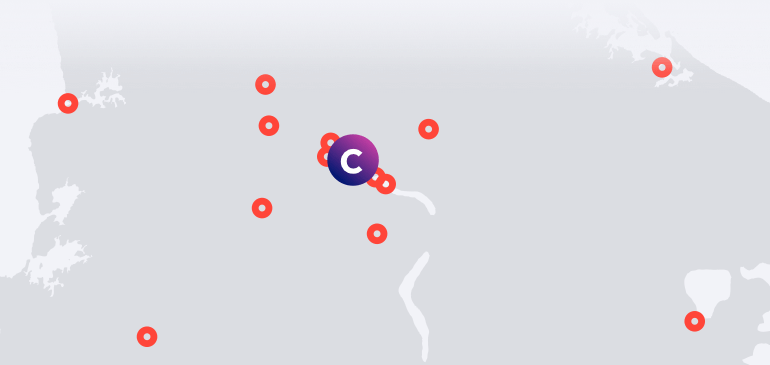Cambridge is in the heart of the Waikato, the second largest region for Maori population in the country. The town as we know it today, had its origins in war.
Early History
It’s estimated that one in seven of New Zealand’s Maori live in the Waikato – that’s almost 80,000 people.
In pre-European days, the Cambridge area had a number of pa (fortified villages) and King Tawhiao, is recorded as saying: “Ko Arekahanara toku haona kaha Ko Kemureti toku oko horoi Ko Ngaruawhaia toku turangawaewae.”
Translated to English, he said: “Alexandra (now known as Pirongia) is my stronghold, Cambridge is my wash basin, Ngaruawahia is my footstool.”
The name “Waikato” comes from Maori and translates as “flowing water”, a reference to Waikato River, the country’s longest (425km) which flows through Cambridge and has special spiritual meaning for Maori, especially the Tainui iwi (regional tribe).
The story of Cambridge’s history, and links with Maori, can be explored at the Cambridge Museum located in the Old Court House, 24 Victoria St. It’s open weekdays 10 – 4, Weekends and public holidays 10 – 2.
Ngā Hau e Whā Marae (the Cambridge Community Marae) is on the corner of Bracken Street and Pope Terrace, Leamington, and overlooks the Waikato River.
European Settlement
The town of Cambridge, as we know it now, had its origins in war.
In 1864, Imperial troops led by General Sir Duncan Cameron were fighting Waikato Maori who were resisting attempts to force them to sell land.
The troops were being supplied by steam boats and Cameron’s 3rd Waikato Regiment needed a base beside the Waikato River. A camp site was identified and quickly built.
More than 800 soldiers lived at the garrison and the settlement became ‘Camp Cambridge’, named after Queen Victoria’s cousin, the Duke of Cambridge, who was commander in chief of the British army.
When hostilities ended, Cambridge became a market town. At first, it was a highway district administered by a board of trustees set up in 1868. It became a town district in 1882 and four years later was given borough status. At the time, it rivalled Hamilton as the Waikato’s main town.
Meanwhile, the settlement of Leamington was formed across the river, joined to Cambridge by the bridge built in 1871. Leamington was assigned its status as an independent town district in 1905.
More than 50 years later, the two communities decided to become one, and Leamington became part of the Borough of Cambridge in 1958.
Today, much of Cambridge reflects what happened in those early days. Many of the town’s exotic trees were planted in the 19th century, and some of its landmark buildings – such as St Andrew’s Anglican Church (1881) and the Cambridge Primary School (1879) – were built while it was a military settlement.
Cambridge’s history can be explored at the Cambridge Museum located in the Old Court House, 24 Victoria St. It’s open Monday – Friday between 10am and 4pm and Weekends and Public Holidays 10am to 2pm.




























